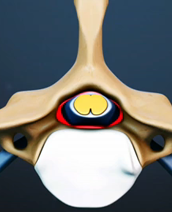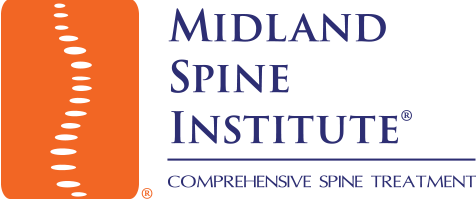Spinal Stenosis

Spinal stenosis is a narrowing of one or more areas of the spinal canal most often in your neck or lower back. This narrowing can put pressure on your spinal cord or on the spinal nerves exiting the spine. Spinal stenosis symptoms, depending on the location in your spine, include cramping, pain, or numbness in your legs, back, neck, shoulders, or arms; or a loss of sensation in your extremities, and sometimes problems with bladder or bowel function. Spinal stenosis is most commonly caused by progressive wear of the spinal components over time, and it’s important to find a doctor who specializes in spinal stenosis treatment in order to determine the best plan for you. Conservative spinal stenosis treatment may include a variety of medications, physical therapy/Chiropractic treatment, injection therapy, a Tens unit and supportive bracing. In cases that have failed conservative treatment, spinal stenosis surgery is often successful in relieving symptoms. As with other conditions, there are a variety of minimally invasive surgical approaches.
SYMPTOMS
- Developing slowly over time
- Coming and going, as opposed to continuous pain
- Occurring during certain activities (such as walking) and/or positions (such as standing upright)
- Being relieved by rest (sitting or lying down) and/or any flexed forward position.

